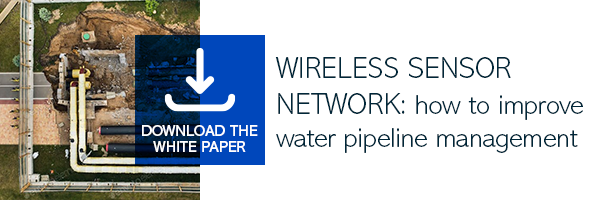Technology has revolutionised many aspects of modern life, including banking security, i.e. the way banks manage the security of their buildings and customers. Technological advances have created a wide range of innovative tools and solutions that banks can use to protect their customers' sensitive information, reduce fraud, prevent cyber-attacks and damage to physical infrastructure.
Although technology plays a key role in this respect, it is not sufficient to ensure efficiency. Therefore, it is essential for banks to have a well-structured contingency plan in place that enables them to manage any crisis situation and to react in a timely and appropriate manner to internal or external threats.
10 priorities for banks in Safety & Security
The priorities that banks must pursue in the area of Safety & Security are clear:
-
Physical access control: limiting physical access to sensitive areas to authorised personnel only and monitoring the activities taking place within them.
-
Operational continuity: ensuring that systems and technological infrastructure that make up the banking system are always able to function properly. Every bank must be able to provide its services continuously and stably.
-
Logical access control: ensuring that only authorised personnel can access the bank's digital resources, such as databases and networks.
-
Transaction security: ensuring that all financial transactions are secure and protected from fraud or cyber-attacks.
-
Protection of customer data: keeping customer data safe, avoiding theft, unauthorised access and potential phishing threats.
-
Network traffic monitoring: constantly monitoring the banking infrastructure and network traffic to identify any suspicious activity, data theft and anomalies that need to be corrected.
-
Prevention of cyber-attacks: implementing advanced security measures to prevent cyber-attacks.
-
Effective risk management: identifying and managing risks associated with the physical and technological infrastructures that characterise the banking sector to minimise vulnerabilities and prevent incidents.
-
Physical asset protection: physically protecting the bank's assets, such as computers, servers and equipment, from damage or theft.
-
Emergency management: developing effective contingency plans in the event of a cyber incident or attack, so as to limit damage and restore systems as soon as possible.
Physical & Cyber Security: how to develop an effective security plan for banks
Developing an optimal security plan within the complex banking infrastructure requires demanding and constant work, based on specific monitoring and control activities. Everything must be organised according to an innovative approach, which sees the integration of two seemingly separate worlds: Physical Security and Cybersecurity.
There are four most important steps to build an efficient security plan in the banking sector:
-
Assesment. From the Cybersecurity point of view, this phase takes the form of the identification of all the technological components involved in the provision of IT services inside and outside the organisation. On the other hand, as far as Physical Security is concerned, this phase involves the identification of all the physical and technological assets (doors, sensors, installations, access control, intrusion detection systems) placed to protect the technological assets and people that make up the banking system.
-
Risk analysis. This involves verifying the possible vulnerabilities of all technological components and business processes, both physical and operational, by carrying out a quantitative and qualitative risk assessment.
-
Risk mitigation. This phase consists of the definition of solutions to cover the previously identified risks (on the Cybersecurity level) and the implementation of preventive measures against persons who have or could have access to the bank's buildings (on the Physical Security level). Among these measures, mention should be made of the continuous training of staff, to make them aware of the security threats and risks to which the banking system is subject.
-
Review. This is the final phase in which there is a review of the emergency operating procedures, the updating of the identified threats and prevention measures in relation to the evolutions found within the technological components and inside and outside the physical banking infrastructure.
The adoption of an integrated contingency plan with measures to enhance both Physical Security and Cybersecurity is an essential step to ensure the resilience of banks in the face of current and future threats. Co-operation between different business functions and the adoption of a holistic approach are therefore key to preventing, mitigating and responding to critical events in an effective and timely manner.
In this scenario, planning is the pillar on which successful crisis management rests. It follows that only banks that decide to invest in these activities will be able to protect their customers, staff and resources in the best way possible, while maintaining market confidence and business continuity.


